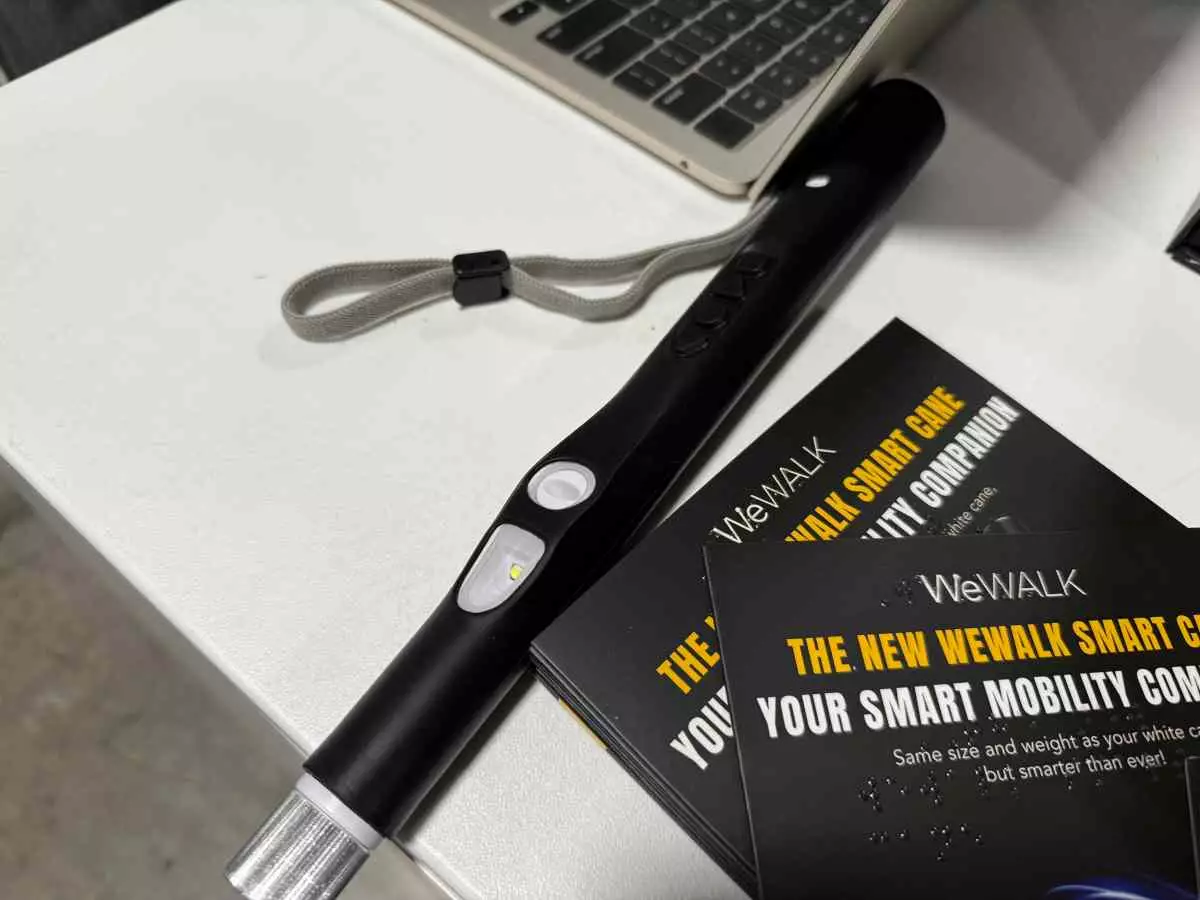In the realm of assistive technology for the blind and visually impaired, the traditional white cane has seen limited innovation compared to other tech products. However, London-based company WeWalk is changing that narrative. Their Smartcane product line, particularly the Smartcane 2 and the upgraded Smartcane+ 2, reimagines the functionality of the classic cane while maintaining its familiar aesthetic. Priced at $850 and $1,150 respectively, these models stand out mainly due to their advanced features embedded within a traditional framework.
What is commendable about WeWalk is its focus on inclusivity through technology. The Smartcane+ 2, for instance, offers a voice-controlled assistant that significantly enhances the user’s navigation experience. By integrating smartphone connectivity, users can receive auditory walking directions, allowing for a hands-free experience that many smartphone interfaces lack. Furthermore, the cane’s ability to detect both ground-level and overhead obstacles demonstrates a significant leap in safety and mobility for its users, navigating urban landscapes with greater confidence.
Contrasting WeWalk’s approach, Washington-based Glidance introduces a revolutionary rethinking of mobility aids with its product, Glide. This innovation, described as an “autonomous, self-guided mobility aid,” operates on a much more advanced technological platform, diverging from the traditional cane model entirely. With a price tag starting at $1,500, users experience a mobility aid that not only helps them avoid obstacles but actively assists them in navigation.
The Glide device integrates stereo-depth cameras to enhance its environmental awareness. This functionality enables it to identify doors, elevators, stairs, and curbs, providing users with critical alerts that can enhance their independent mobility. Such capabilities are particularly important for users navigating complex urban environments. In situations where danger is imminent—like approaching a busy intersection—the device can temporarily halt movement, prioritizing user safety in a way that no traditional cane ever could.
The advancements presented by both WeWalk and Glidance indicate a promising shift in mobility assistance technology. While WeWalk improves on the foundational white cane model, Glidance is venturing into uncharted territory with its robotic approach. The comparisons raise pertinent questions about the future of mobility aids—will traditional models evolve to meet modern demands, or will we inevitably embrace more technical, automated devices?
Moreover, Glidance’s distinct model introduces a new layer of accessibility that could redefine user interfaces in mobility aids. While WeWalk empowers the user with enhanced sensory feedback and smartphone integration, Glide shifts the chain of command—the robot becomes the guide, a concept that raises philosophical questions regarding user independence versus reliance on technology.
As both companies continue to develop their products, their commitment to enhancing the lives of the visually impaired will determine the trajectory of a field ripe for innovation. In this brave new world of mobility aids, the balance between retaining traditional foundations and embracing technological advancements will likely define the future experiences of visually impaired individuals.

